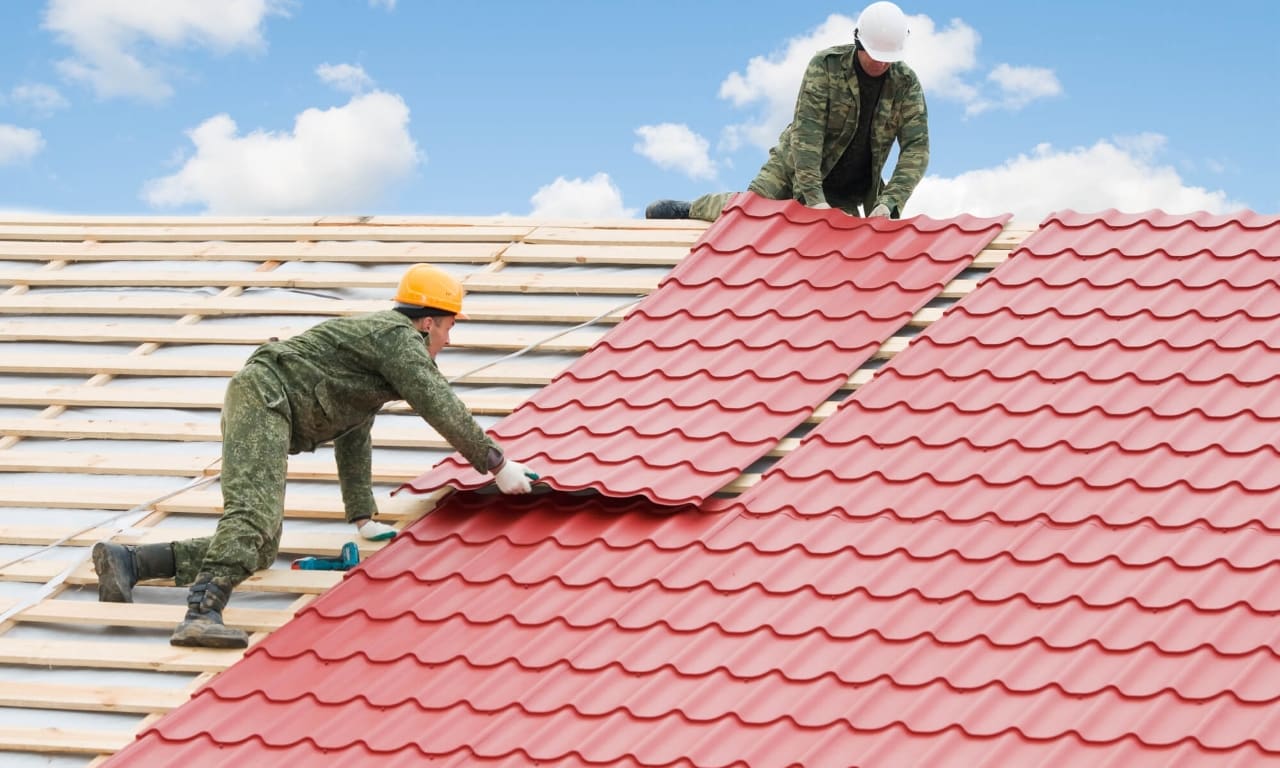Selecting Inspection Intervals Based on Material Exposure
Determine inspection timing for flat roof materials by assessing exposure and vulnerability. A considered schedule helps protect membrane, insulation, and rooftop features from accelerated wear while supporting energy performance and long-term sustainability.

Flat roofs present a variety of materials and components that age at different rates depending on weather, foot traffic, and installation quality. Establishing inspection intervals based on material exposure helps property owners and contractors prioritize waterproofing, drainage and repair tasks before small issues escalate. Regular testing and documented inspections also inform lifespan expectations and retrofit planning, ensuring that membrane coatings, insulation layers, flashings and substrates are evaluated according to their specific risks.
Membrane: How often should it be checked?
The roof membrane is the primary waterproofing barrier and typically requires more frequent inspection where UV, mechanical abrasion, or ponding water are common. In high-exposure zones check the membrane quarterly to detect cracks, blisters, seam failures or coating degradation; in sheltered areas semi-annual checks may suffice. Testing for adhesion and visual inspection of seams and flashings are important tasks. Prompt repairs reduce the risk of water ingress that can compromise insulation and substrate integrity.
Insulation and energy: What to monitor?
Insulation condition directly affects building energy performance and can hide moisture that accelerates deterioration. Inspect insulation for wet spots, compression, or displacement at least annually, and sooner after known membrane failures or severe weather. Thermal imaging testing during inspections can reveal cold spots or trapped moisture that reduce energy efficiency. Any retrofit work should address insulation continuity and compatibility with new membranes and coatings to maintain energy performance and sustainability targets.
Drainage and guttering: When to inspect?
Proper drainage prevents ponding that shortens lifespan of membranes and flashings. Inspect drains, scuppers, gutters and internal outlets at the start and end of the wet season and after major storms. Remove debris, verify slope and test flow rates to ensure unimpeded runoff. Where guttering or internal drainage routinely clogs, increase frequency. Drainage-related problems often present early signs like soft substrate or localized staining—catching these early reduces repair scope and cost.
Flashing and substrate: What indicates wear?
Flashings and the substrate they attach to are common entry points for leaks. Examine flashings around penetrations, parapets and transitions during every membrane check, paying attention to loose fasteners, sealant failure or corrosion. The substrate should be inspected for signs of delamination, rot or crushing under traffic. Any indication of substrate deterioration warrants faster follow-up testing and possible localized repair or replacement to protect adjacent insulation and the membrane.
Skylights, ventilation and testing schedules
Skylights, vents and rooftop HVAC penetrations create concentrated exposure points that often require specialized inspection. Check seals, curb conditions and flashing interfaces at least twice a year and after extreme temperature swings. Include leak-testing around skylights and ventilation penetrations and evaluate ventilation pathways for moisture buildup. Regular testing and monitoring of these components supports effective maintenance planning and reduces unexpected repair interventions.
Maintenance, retrofit and lifespan planning
A maintenance-driven inspection schedule supports effective retrofit decisions and extends overall system lifespan. Use inspection findings to prioritize coating or membrane replacement windows, retrofit insulation or upgrade drainage and guttering. Coordinate with a qualified contractor to align inspection intervals with warranty requirements and testing protocols. Documented inspections and testing data enable more accurate lifespan estimates and support sustainability goals by identifying targeted interventions rather than wholesale replacement.
Conclusion
Selecting inspection intervals based on material exposure balances risk, cost and long-term performance. Prioritize frequent checks where membranes, flashings, drains and rooftop penetrations face heavy exposure, and maintain a clear record of testing, repairs and retrofit actions. A consistent, exposure-aware inspection program helps manage waterproofing, protect insulation and substrate, and extend the useful life of rooftop systems while supporting energy and sustainability objectives.






